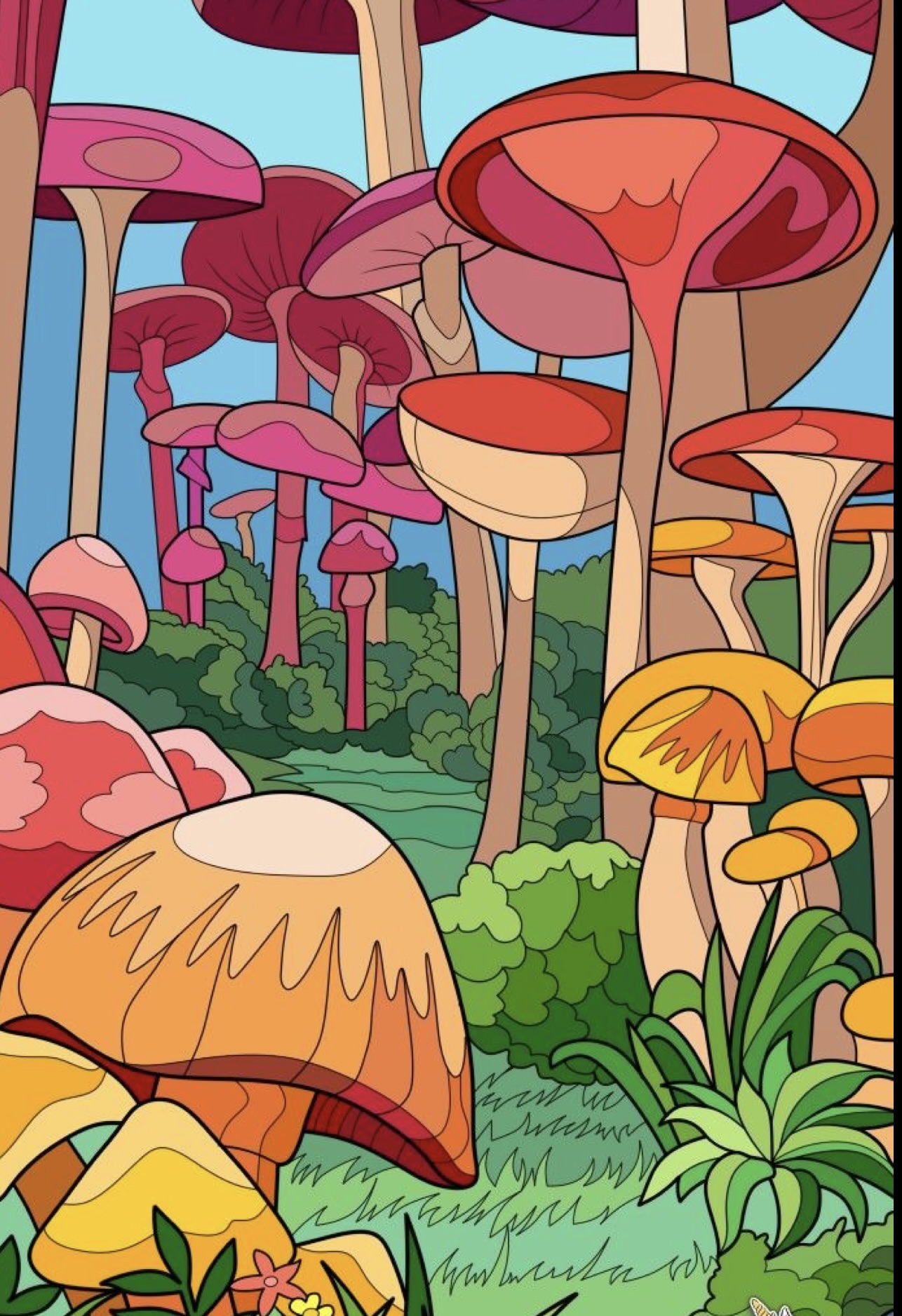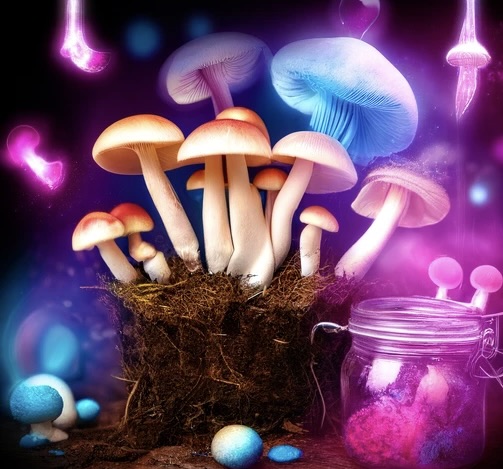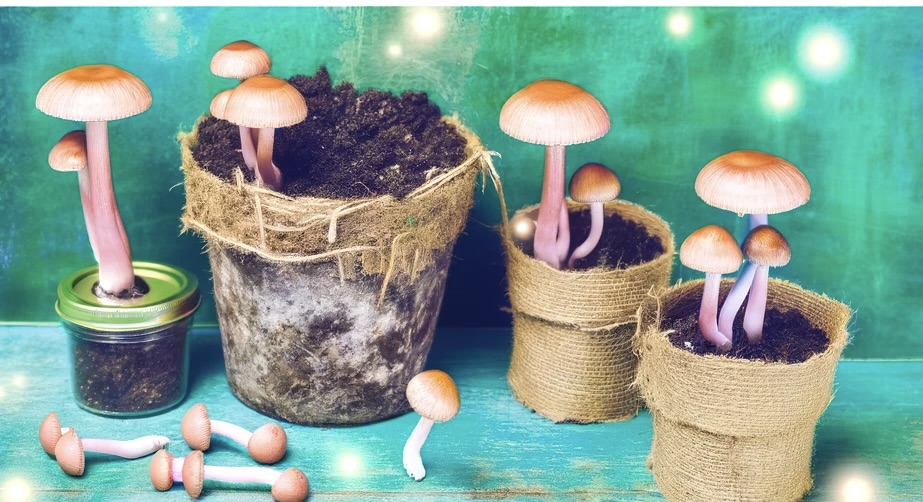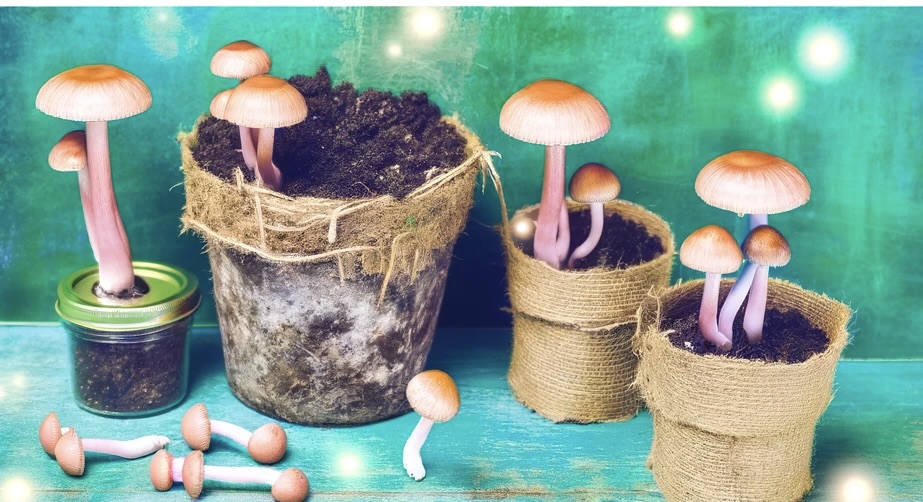


Embarking on the magical journey of cultivating mushrooms through grow bags is an exciting endeavor, but for many cultivators, the ultimate goal is to achieve a bountiful and high-quality yield. In this comprehensive guide, we’ll unravel the secrets to maximizing your magic mushroom harvest using grow bags. From nutrient management to strategic timing, we’ll explore the tips and tricks that can elevate your cultivation experience and yield.
1. Choosing the Right Mushroom Strain: Foundation for Success
The journey to a high-yield harvest begins with selecting the right mushroom strain. Different strains have varying growth characteristics, fruiting patterns, and environmental preferences. Understanding the unique attributes of your chosen strain sets the foundation for a successful cultivation journey.
Considerations in Strain Selection:
2. Mastering Nutrient Management: The Key to Abundant Growth
Nutrient-rich substrates play a crucial role in supporting mycelial growth and subsequent fruiting. Understanding how to optimize nutrient levels within your grow bags is a fundamental aspect of maximizing yield.

Nutrient Management Tips:
3. Strategic Spore Inoculation: Setting the Stage for Success
The timing and method of spore inoculation can significantly impact the overall yield. Strategic and precise inoculation techniques help establish a robust mycelial network, setting the stage for a prolific fruiting phase.
Tips for Successful Inoculation:
4. Temperature and Humidity Control: Creating an Ideal Environment
Magic mushrooms thrive in specific environmental conditions, and maintaining the right temperature and humidity levels is essential for a successful cultivation journey. A well-controlled environment encourages vigorous mycelial growth and sets the stage for abundant fruiting.
Environmental Control Strategies:

5. Proper Light Exposure: Guiding Mushroom Development
While magic mushrooms don’t require light for their vegetative growth, the introduction of light during the fruiting stage is crucial. Proper light exposure influences the direction and timing of mushroom development, contributing to a more abundant yield.
Lighting Tips for Fruiting:
6. Monitoring and Adjusting pH Levels: Fine-Tuning the Environment
The pH level of your substrate can impact nutrient availability and mycelial growth. Regular monitoring and adjustment of pH levels contribute to an environment where mushrooms can thrive.
Guidelines for pH Management:
7. Utilizing All-In-One Grow Kits: Streamlining the Process
For cultivators seeking convenience without compromising on yield, all-in-one grow kits housed in grow bags can be a game-changer. These kits often come pre-packaged with substrate and spores, simplifying the cultivation process.
Advantages of All-In-One Grow Kits:
8. Troubleshooting Contamination: Preserving the Harvest
Contamination can pose a threat to your yield, and swift and effective troubleshooting measures are essential. Recognizing the signs of contamination and implementing corrective actions can save your harvest.
Contamination Management Techniques:
9. Timing the Harvest: Precision for Optimal Results
Knowing when to harvest is an art that cultivators develop through experience. Harvesting at the right time ensures peak potency and a high-quality yield. Observation of mushroom development and timely harvesting are crucial for success.
Indicators for Harvesting:
10. Post-Harvest Care: Setting the Stage for Future Yields
The care you provide to your grow bags post-harvest can influence the potential for subsequent flushes. Proper post-harvest procedures set the stage for the mycelium to regenerate and produce additional yields.
Post-Harvest Practices for Success:
11. Advanced Techniques for Yield Enhancement: Elevating Your Cultivation Game
For cultivators seeking to push the boundaries and optimize their yields, advanced techniques can provide an extra edge. These methods, often rooted in scientific principles, go beyond the basics and explore innovative approaches to enhance the productivity of magic mushroom grow bags.
Advanced Techniques to Explore:
12. Genetic Optimization: Harnessing the Power of Strain Selection
Genetic diversity plays a pivotal role in the potential yield of magic mushrooms. Cultivators can explore the world of genetic optimization by selecting strains known for their high-yield characteristics or by experimenting with breeding techniques to develop strains with enhanced productivity.
Genetic Strategies for Yield Optimization:
13. Dynamic Substrate Layering: Maximizing Mycelial Nutrition
Creating a dynamic and nutrient-rich substrate environment can significantly impact mycelial health and, consequently, the yield of magic mushrooms. By layering substrates with varying nutrient content, cultivators can provide a continuous source of nourishment throughout the cultivation cycle.
Strategies for Substrate Layering:
14. Holistic Environmental Monitoring: Precision in Every Parameter
Fine-tuning the environmental conditions in your cultivation space requires a holistic approach. Beyond just temperature and humidity, monitoring additional parameters such as air exchange rates, carbon dioxide levels, and microbial activity can contribute to a more nuanced and optimized growing environment.
Comprehensive Environmental Monitoring:
15. Multiple Flush Strategies: Cultivating for Continuous Harvests
While many cultivators focus on achieving a prolific first flush, optimizing subsequent flushes is equally crucial for maximizing overall yield. Implementing strategies to encourage multiple flushes from the same grow bags can extend the cultivation cycle and enhance the total harvest.
Strategies for Multiple Flushes:
16. Mycelial Networking: Building a Strong Foundation
A well-established mycelial network serves as the foundation for a prolific fruiting phase. Cultivators can implement techniques that promote extensive mycelial growth, ensuring a robust infrastructure capable of supporting abundant mushroom development.
Methods for Mycelial Networking:
17. Iterative Learning and Adaptation: Cultivating Wisdom Over Time
Perhaps one of the most valuable strategies for maximizing yields is an iterative learning approach. Cultivators who continuously observe, adapt, and refine their techniques based on previous experiences develop a nuanced understanding of their unique growing environment, leading to progressively improved yields.
Keys to Iterative Learning:

Mastery in Magic Mushroom Cultivation
In the pursuit of maximizing yields with magic mushroom grow bags, the journey is an evolving process of exploration and refinement. Advanced techniques, genetic optimization, dynamic substrate layering, and a holistic environmental approach are avenues that cultivators can explore to elevate their cultivation game.
Remember, mastery in magic mushroom cultivation is not just about achieving a single impressive harvest but cultivating a deep understanding of the symbiotic relationship between mycelium, substrate, and environment. As you delve further into the enchanting world of mycology, may your yields be abundant, your insights profound, and your connection with the magical fungi ever-growing. Happy cultivating!